Is your bike winter-ready? Five easy ways to increase comfort and minimise wear
Over the colder period of the year, looking after your bike becomes even more important
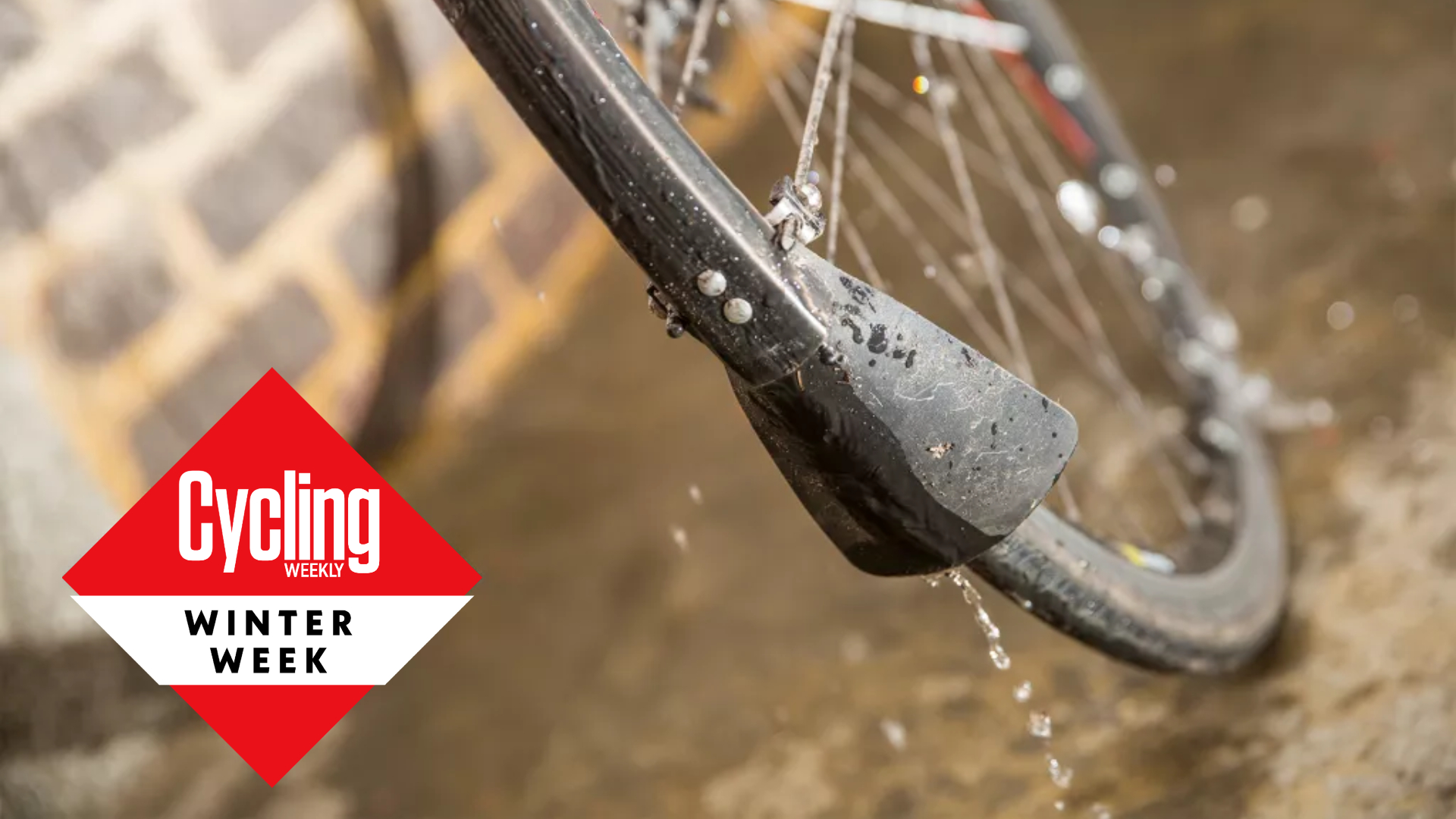

Winters can be tough on your bike. Roads are often wet or damp. They’ll be dirty too, with mud and grit washed into them by rain and that road muck will get sprayed over your bike’s delicate parts and you too as you ride.
So it’s worth looking to up your protection levels and increase your maintenance regime for your winter cycling. Here are our top tips to keep things running smoothly.
1. Fit mudguards/fenders

Number one on your winter tick list to keep yourself cleaner and drier should be to fit a pair fenders / mudguards. We have a guide to the best bike fenders / mudguards here.
They’ll not only keep the wet off you but help your bike too, avoiding the constant spray of dirty water from the front wheel caking the bottom of your down tube with grime.
The wet will also wash over your chain, chainset and bottom bracket and find its way into your headset bearings. Not only will that wash lubricants off them, risking rusting and premature wear, but road grit will stick to them increasing wear. In the worst case, you can end up with an abrasive paste that will wreck your components.
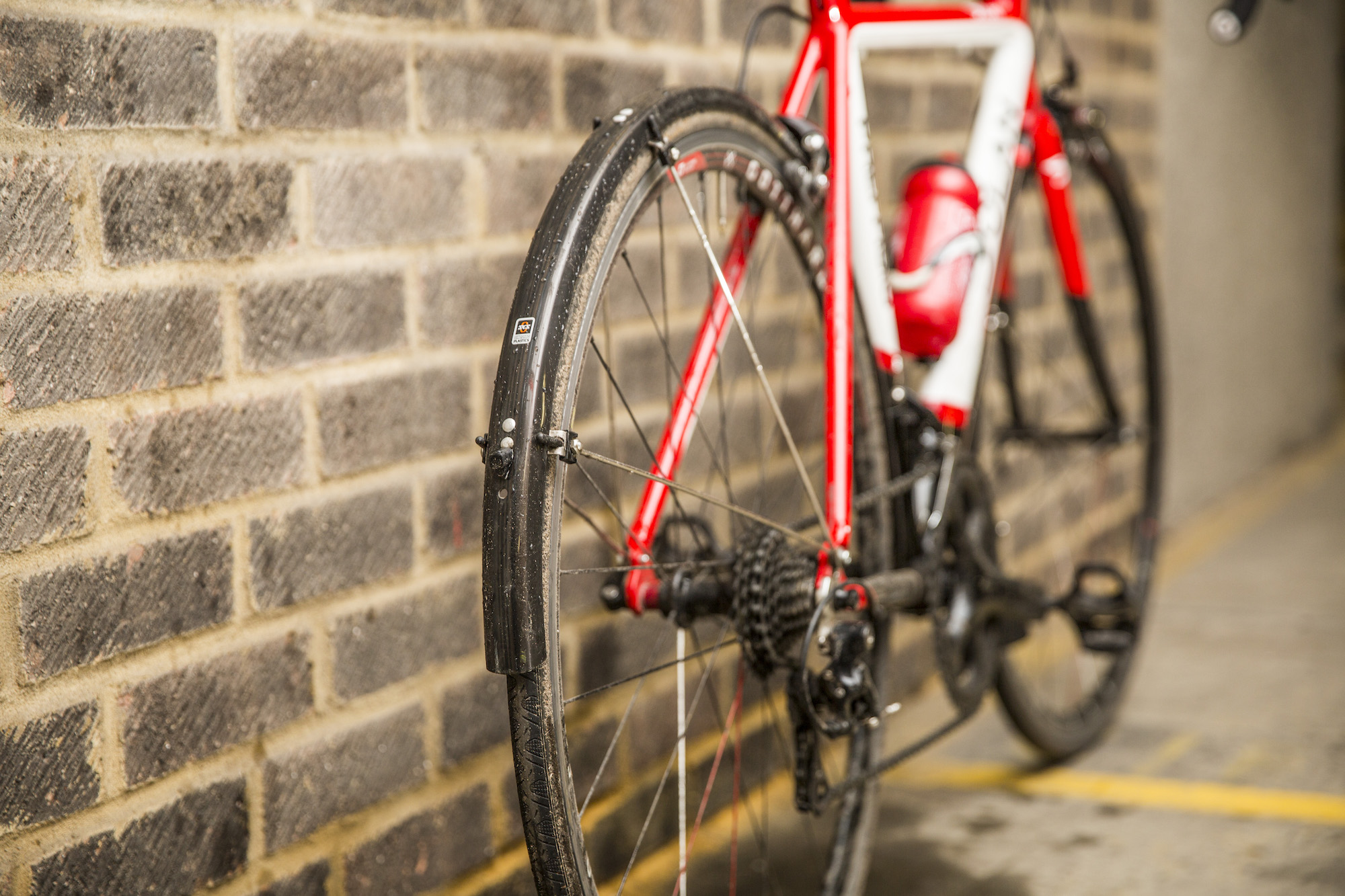
Many bikes, even racier ones, now come with mounting points or eyelets for fenders / mudguards and enough clearance between the tyres and frame to fit them.
Full coverage models with flaps, such as the excellent Portland Design Works Full Metal fenders don't come cheap but will pay for themselves time again, help to prevent expensive drivechain components from undue wear and tear.
Get The Leadout Newsletter
The latest race content, interviews, features, reviews and expert buying guides, direct to your inbox!
If you don’t have mounts, you can still fit close clearance fenders / mudguards like the Crud Roadracer, although it can be difficult to stop them from rubbing and mud can get stuck between them and the tyre.
There’s no shame in riding a bike with guards in the winter and your riding mates will thank you for not spraying them with dirty water too.
2. Use an 'Ass Saver'
A cheaper option that will fit a wider range of bikes is a clip-on fender / mudguard, sometimes referred to by the tradename Ass Saver. They often fit to the back of the saddle rails and help keep mud and wet off your back and seat. There are designs that clip to the seat post too and similar options that will protect you from front wheel-spray.
These will help keep you a bit cleaner and drier, but won’t do much to protect your bike from road muck.
3. Keep your drivechain clean
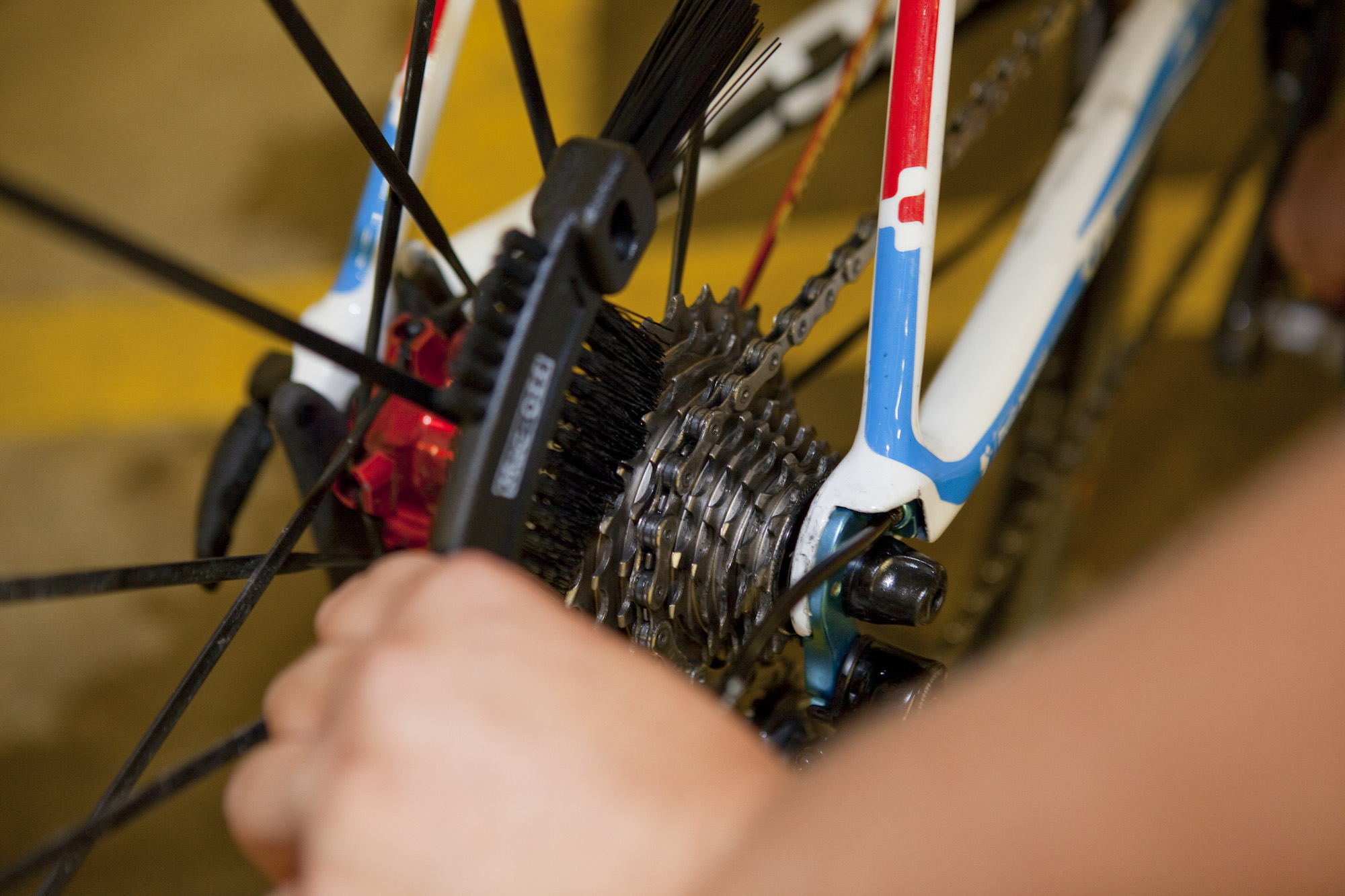
Keeping your chain, cassette, derailleurs and chainwheels clean and lubricated is the single most important thing you can do to keep your bike running smoothly and efficiently over the winter. You should regularly degrease the chain, to remove any build up of debris.
That’s easiest using a chain cleaning device paired with a specialist chain degreaser. Running the chain through the cleaner’s brushes will remove much of the gunk that can accumulate over winter. You can follow that up by using a brush to clean the cassette, derailleur jockey wheels and chainrings.
Wipe the chain dry, then apply a thin layer of one of the best chain lubes. You can buy a lubricant specifically designed for wet weather which will stay in place better in the rain.
Lubricate any exposed lengths of cable too to keep your shifters working well. That’s particularly important under the bottom bracket, where many bikes have cables running unprotected, even if they otherwise run internally in the frame.
Lubricate the cable where it runs from the back of the frame to the rear derailleur too. Again, that’s prone to contamination. If there’s an external run of cable before the mech, you can pull the short loop of outer cable out of the guide on the bottom of the chain-stay, push it towards the front of the bike and lubricate the inner cable.
Also lubricate the pivot points on the front and rear derailleurs with a spray like WD40 or GT85 to keep them moving smoothly.
4. Wash your bike
It’s not just your drivetrain that you need to take care of over winter. You should keep the frame clean too, so that delicate parts don’t get clogged up or corroded. It’s something you should do after a longer ride, before you put your bike away, or if you’re using your bike every day, once a week.
It’s worth giving it a wash down with a specialist bike cleaner like Muc-Off Nanotech or Weldtite Pure Bike Wash, to help remove grease and dirt effectively. You can buy specialist bike cleaning brushes to help get at awkward places like wheel hubs and between spokes.
Muc-Off and other brands also sell bike protection sprays that help repel water and stop road grime from sticking to your bike. Buying one of the best bike cleaning kits is a good way to ensure that you'll have all the products you need.
5. Keep it under cover

When you’re not using your bike, keep it under cover to greatly increase the chances of it running smoothly. Exposure to rain will quickly wash lubricant off the chain and cause it to rust and will degrade performance of other components too.
If you can keep the bike in a shed or a garage, that’s a good option. You can also buy bike sheds, small enough to shelter your bike without taking up too much space. Those from Asgard are made from heavy gauge metal and designed to provide theft protection too and are featured in our guide to the best bike storage solutions.
If you want to keep your bike indoors but have limited space, a bike hook will let you hang it from a wall, where it will be less in the way.
If you don’t have access to a permanent shelter, you can buy a bike cover. Those from brands like Oxford are inexpensive and will keep your bike protected from the worst of the elements.
This article is part of Cycling Weekly's Winter Week, guiding you through setting up your bike and yourself for riding through the winter months. There's plenty to enjoy about riding in winter, and we'll show you how to get the most out of it. Find more Winter Week articles here.

Thank you for reading 20 articles this month* Join now for unlimited access
Enjoy your first month for just £1 / $1 / €1
*Read 5 free articles per month without a subscription

Join now for unlimited access
Try first month for just £1 / $1 / €1
Paul started writing for Cycling Weekly in 2015, covering cycling tech, new bikes and product testing. Since then, he’s reviewed hundreds of bikes and thousands of other pieces of cycling equipment for the magazine and the Cycling Weekly website.
He’s been cycling for a lot longer than that though and his travels by bike have taken him all around Europe and to California. He’s been riding gravel since before gravel bikes existed too, riding a cyclocross bike through the Chilterns and along the South Downs.
-
 Remco Evenepoel hails end of 'dark period' and announces racing return
Remco Evenepoel hails end of 'dark period' and announces racing returnOlympic champion says comeback from training crash has been 'the hardest battle of my life so far'
By Tom Thewlis
-
 A bike rack with an app? Wahoo’s latest, and a hub silencer – Sea Otter Classic tech highlights, Part 2
A bike rack with an app? Wahoo’s latest, and a hub silencer – Sea Otter Classic tech highlights, Part 2A few standout pieces of gear from North America's biggest bike gathering
By Anne-Marije Rook
-
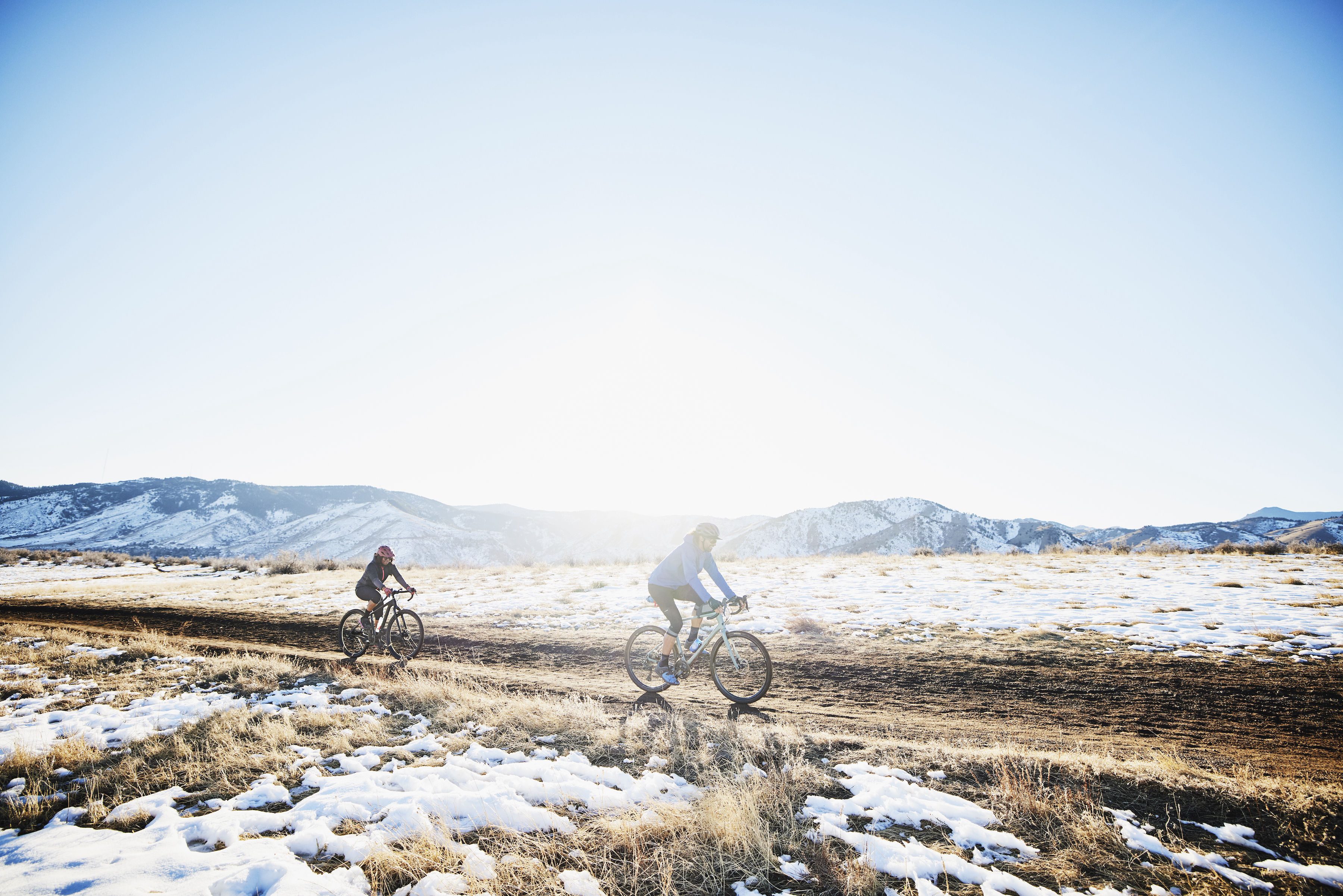 How to turn your gravel bike into a winter machine
How to turn your gravel bike into a winter machineIdeal for winter's rigours it may be, but even your gravel bike needs a bit of love when the weather turns
By James Shrubsall
-
 Why the humble cycling buff is my favourite piece of winter kit
Why the humble cycling buff is my favourite piece of winter kitGo wild, it's snood season
By Tom Davidson
-
 It's Winter Week at Cycling Weekly
It's Winter Week at Cycling WeeklyWe're celebrating the wettest, coldest season the Northern Hemisphere has to offer
By Michelle Arthurs-Brennan
-
 Seven things that happen on a winter group ride
Seven things that happen on a winter group rideSeven things you'll definitely see on every winter club run
By Michelle Arthurs-Brennan
-
 Winter Week: That's right, we're 'celebrating' the wet, cold months
Winter Week: That's right, we're 'celebrating' the wet, cold monthsWe're singing the praises of winter riding, from 13-18th November
By Michelle Arthurs-Brennan
-
 What kind of tires do you need for winter?
What kind of tires do you need for winter?What you need to consider when switching tires for the winter months
By Simon Smythe
-
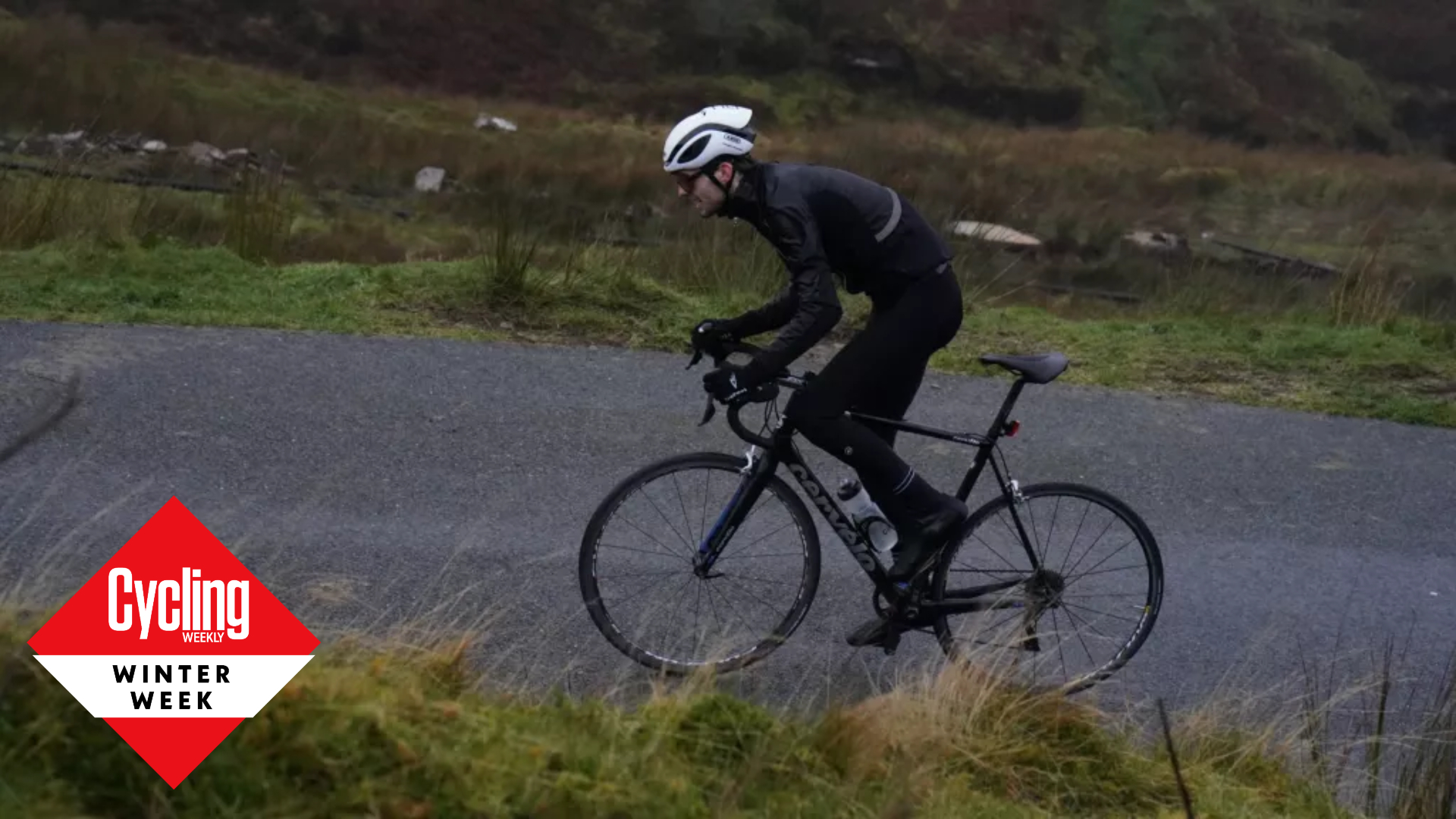 Should you change your wheels for winter?
Should you change your wheels for winter?Are new wheels for winter necessary or just more expense? Here's what you should think about
By Paul Norman